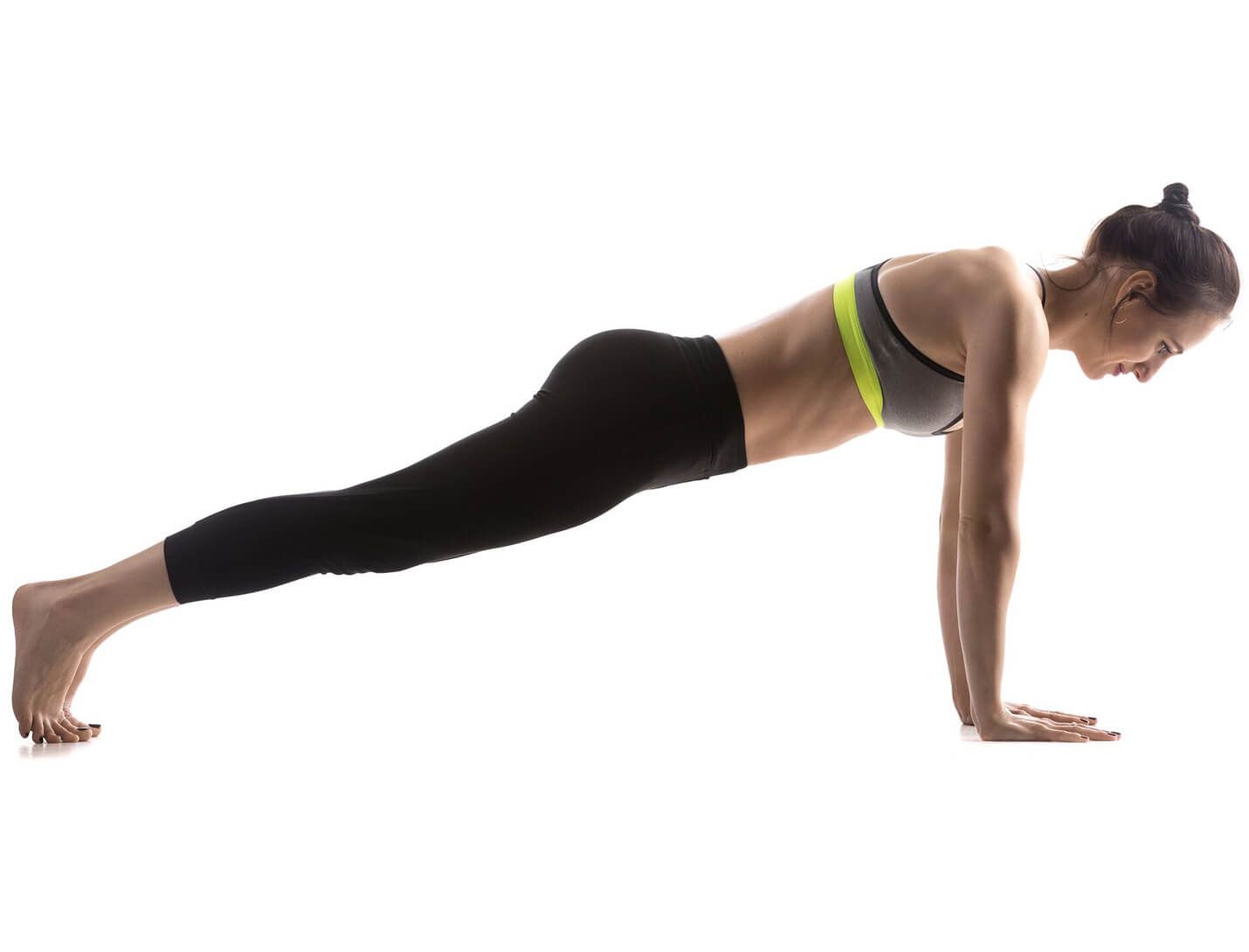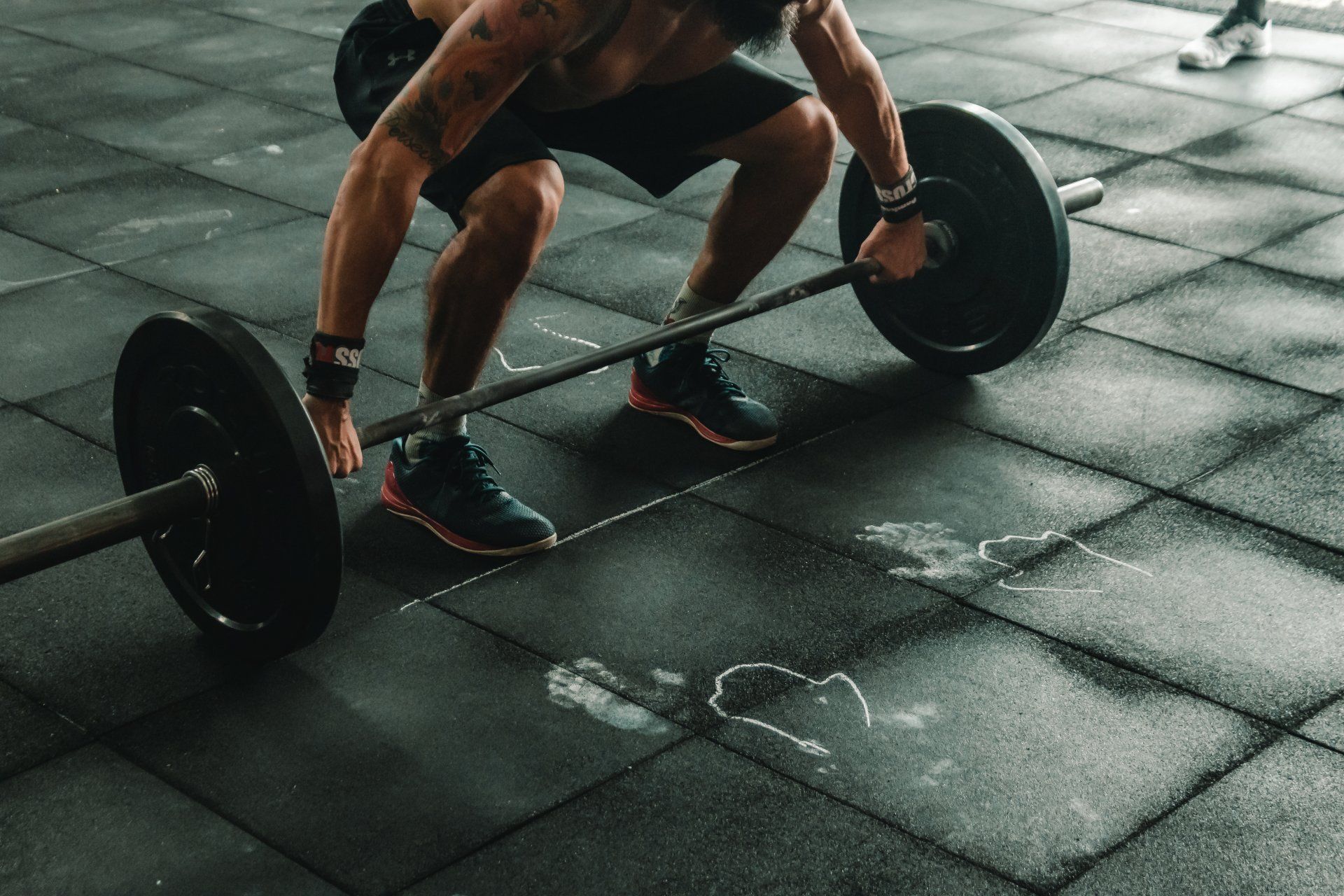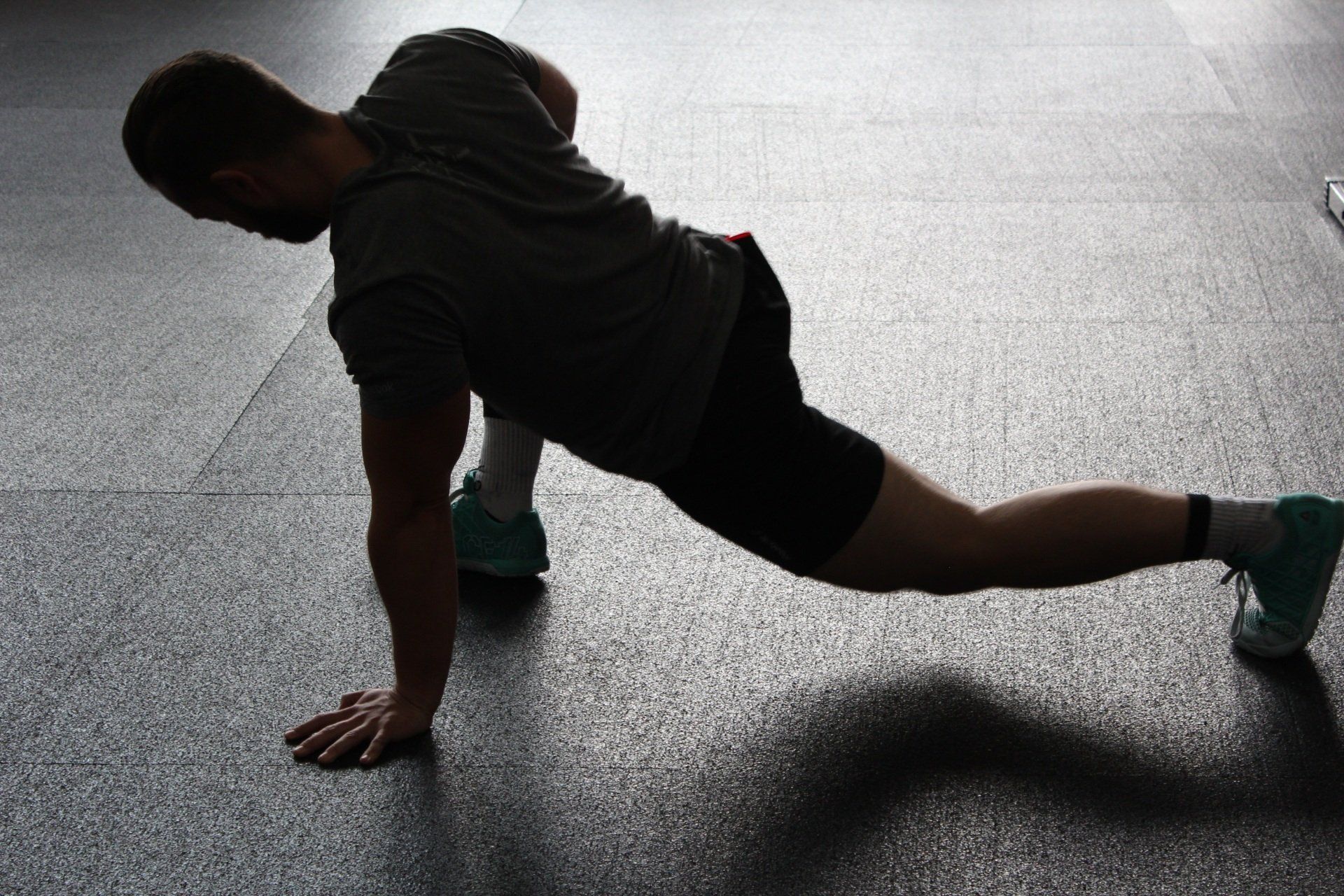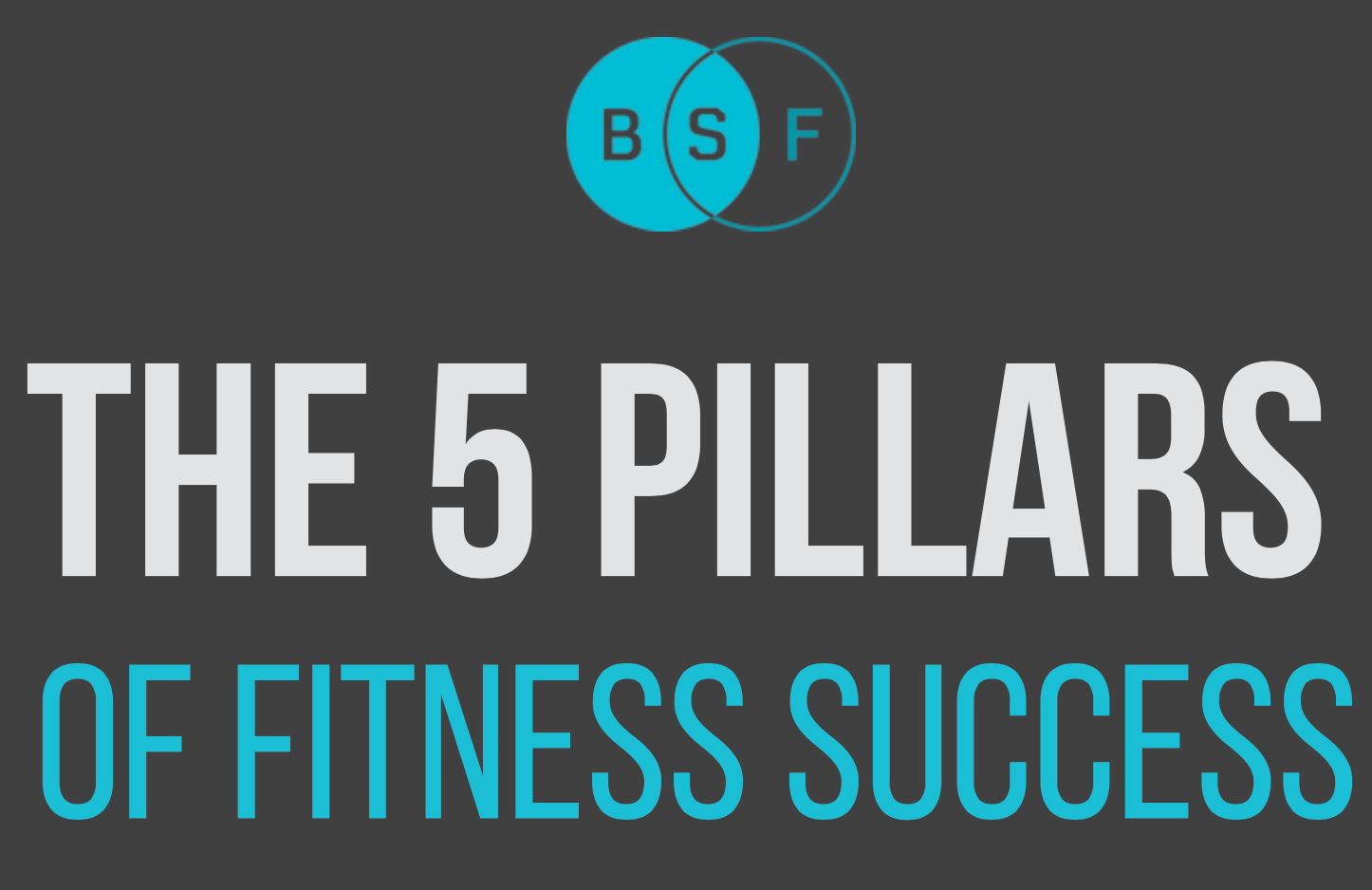BSF Union Square
47 West 14th Street, 5th Floor, New York NY 10011
BSF Upper East Side
330 E 59th St, New York, NY 10022
(646) 684-4912
This week's guest blog post comes from our friends at BASE Physical Therapy, located on the 4th Floor of Body Space Fitness. Click here to contact them for questions or services.
Welcome back to the world of shoes! It’s a messy world when it comes to making sense of finding the right fit, but we’re going to try and simplify things today.
In a past BASE blog post regarding what running shoe is right for you, we got a sense of where the modern cushioned shoe came from and what all that terminology in running stores means for you. We also learned that as all of this shoe technology has advanced, it hasn’t necessarily reduced overall injury rates for the running population as it exists today.
Part of the reason we haven’t seen significant improvements in injury rates amongst runners could be because current shoe design isn’t backed up by research. In other words, shoe companies can’t claim that by choosing the right shoe fit, people will have fewer injuries. The research simply doesn’t exist to verify that claim.
The current research
Here’s a brief synopsis of what researchers have found when asking the question: Does wearing a particular type of shoe affect injury rates in runners?
Malisoux 2016 -Studied experienced runners. -Found lower rates of injury with motion control shoes
Knapik 2014 -Studied a military population -Found assigning a shoe type made no difference to injury risk
Nielsen 2014 -Studied novice runners -Runners with pronated feet sustained fewer injuries compared to those with ‘normal’ feet
Ryan 2011 -Studied female runners -All pronators wearing motion control shoes sustained injuries
If you’re confused because these studies present confounding results – you’re right. There is no clear answer. Why?
- There aren’t enough studies to come to a clear consensus
- The existing studies have all have studied slightly different populations
- The studies have come up with contradictory results
Myth-busting
Here are a few problematic statements that reflect what most people believe when it comes to shoes:
- Shoe selection should be based on pronated, neutral, and supinated feet
- Foot pronation should be controlled to prevent injury
- Selecting the right shoe is very important in preventing injury.
None of these statements have been proven! So why are we all so obsessed with foot pronation and shoe selection!?
Ultimately, picking the right shoe probably isn’t as important as we all think it is.
When it comes to this puzzle of shoe fit, running culture and injury prevention, we have to change where we place the most emphasis. Currently there is far too much emphasis to shoe fit. With what we know right now, finding the perfect shoe just isn’t going to be the magic bullet to prevent injury. The good news is that there’s a lot we can do besides shoe selection to prevent running injury, and it’s backed up by good research.

So What Can I Do To Prevent Injury?
When it comes to injury prevention, there are a multitude of factors, but for our purposes, let’s keep it simple. Here’s are easy-to-adopt, evidence based actions you can take to reduce running energy:
1. Use a graded exercise program that builds slowly.
An estimated 60-80% (depending on which study you look at) of running injuries are related to training error. What’s training error you ask? Simply put it’s doing too much, too fast . This could be related to running volume, duration, frequency, intensity or any combination of these factors.
Runners before the running boom of our time, and especially those before the 70’s ran their entire lives! They ran on hard surfaces without cushioned shoes. They weren’t starting to gear up for a marathon mere months before the race. There isn’t record of a whole lot of injury for those folks. And they certainly didn’t have the ‘high-tech’ shoes we have either. Coincidence?
The runners back in the day used a graded exercise program by default. They didn’t have the large spikes in training intensity we see in the general running population today.
2. Use the 10% rule as a guideline for training
Some of you may have heard of the 10% rule. The 10% rule means that you don’t increase any factor of your training (volume, duration, frequency or intensity) by more than 10% per week.
The Journal of Orthopaedic and Sports Physical Therapy published a study in 2014 that put the 10% rule to the test. They followed 873 runners for a year. They found that runners who increased their mileage by less than 10% per week had a significantly lower injury rate that those who increased their mileage by more than 30% per week. The greater than 30% group suffered a number of types of injuries such as runner’s knee, IT band syndrome, shin splints, jumper’s knee. The LOWEST injury rates were found amongst the runners who only increased their mileage by less than 10% every TWO weeks.
3. Pick the right shoe
At the end of they day you still need to pick a shoe though (unless you choose to go barefoot running – more on that in another post ). Luckily – there is a proposed solution that has been put forward by a research group from Alberta, Canada. Dr. Nigg, who works with the Human Performance Laboratory at the University of Calgary has proposed a new paradigm for approaching the world of running shoes and running injuries. He proposes that we choose our shoes based on the ‘comfort filter.’ This is partially based on a study that found that those who picked a shoe insert based solely on how comfortable it was had 53% less injury than the control group . Only half as many injuries!
Key Takeaways
So keep it simple. Here are 2 things you can do to help yourself stay healthy while running.
- Pick a shoe that is comfortable
- Follow the 10% rule.
At the end of the day there isn’t very clear data on how shoe fit affects injury yet, most runners place a high importance to picking the right shoe to prevent injury. I don’t blame runners though – shoe companies and health care professionals continually reinforce the ‘dangers’ of over-pronation and high impact forces. Unfortunately these beliefs are not rooted in scientific evidence and when it comes to buying a pair of shoes it complicates what should be a pretty easy decision. So keep it simple and just wear what feels right.
Thanks for reading, and stay healthy this running season!

References: Davis, IS. (2014) The re-emergence of the minimal running shoe. JOSPT. Vol. 44(10), p775-784 JOSPT Perspectives for patients (2014) Running. How to safely increase your mileage. JOSPT. 44(10), p748 Nielsen RO., Buist I., Sorensen H., Lind M., Rasmussen S. (2012) Training errors and running related injuries: A systematic review. IJSPT. (7) 1, p58-74 Nigg, BM., Baltich, J., Hoerzer, S., Enders, H. (2015) Running shoes and running injuries: mythbusting and a proposal for two new paradigms: ‘preferred movement path’ and ‘comfort filter’. BJSM. Vol. 49, p1290 – 1294
The post Can The Right Shoe Prevent Injury? appeared first on Body Space Fitness.











